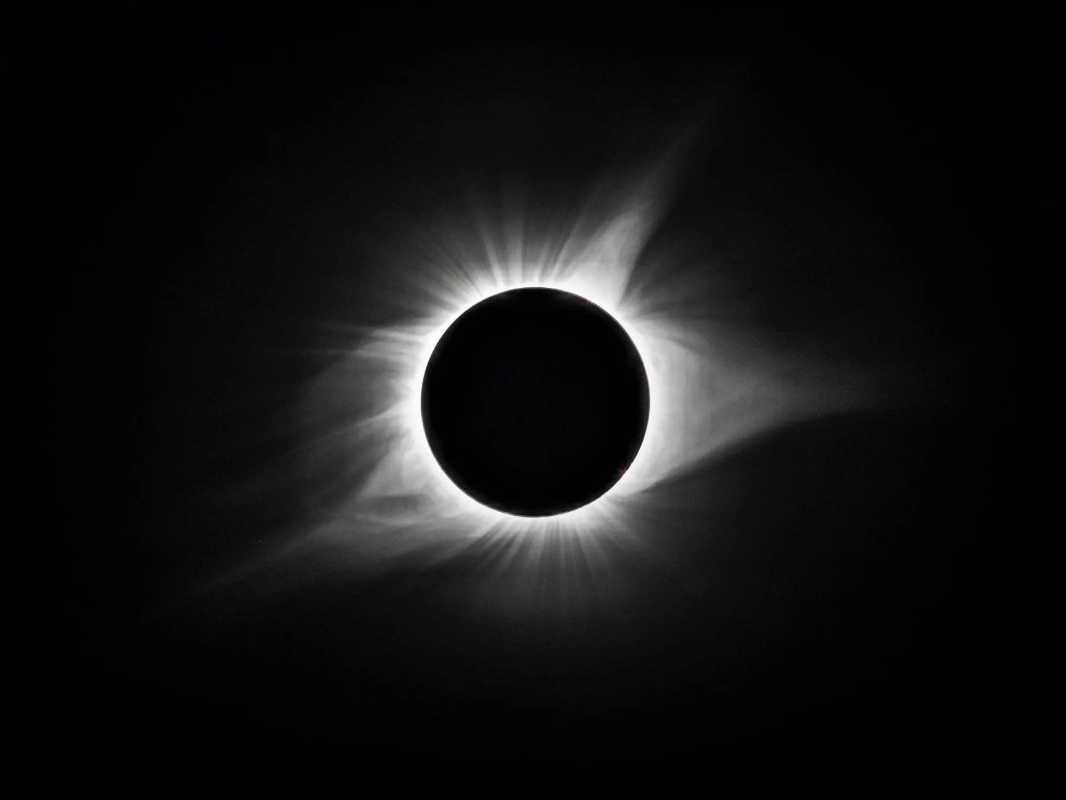Tech
Photographing the Celestial Beauty: Smart Tips for Capturing a Total Solar Eclipse

A total solar eclipse presents a rare and captivating celestial event that mesmerizes both observers and photographers alike.
Choosing the right location is paramount when endeavoring to capture the eclipse’s beauty. It is essential to research the path of totality in order to find an ideal spot for viewing that offers a clear sky view, considering factors like accessibility, weather patterns, and potential visual obstructions.
Priority should always be given to safety measures during solar eclipse photography. One must use appropriate solar filters on camera lenses to safeguard the sensor from intense sunlight, along with ensuring the protection of one’s eyes through ISO-certified eclipse glasses, especially during periods when the sun is visible.
The choice of photography equipment is crucial and significantly impacts the quality of eclipse photos. While a DSLR or mirrorless camera paired with a long focal length lens is ideal, even point-and-shoot or smartphone cameras can deliver good results under correct usage. Having spare memory cards and batteries alongside a tripod and remote shutter release can enhance stability and precision throughout the photography process.
Understanding and adjusting camera settings correctly is key to successful eclipse photography. Manual mode provides greater control over exposure settings, including maintaining a low ISO to minimize noise, selecting small apertures for sharpness, and varying shutter speeds depending on the eclipse phase. Bracketing exposures aids in capturing the eclipse’s dynamic range effectively.
Practicing capturing the moon enables simulating eclipse conditions and testing different settings and filters in preparation. Testing settings on the uneclipsed Sun beforehand can aid in determining the correct exposure, with suggestions from NASA recommending a specific aperture and range of shutter speeds for optimum eclipse photography.
Considering the composition of eclipse photos is essential for creating visually appealing images. Including engaging landscapes or silhouettes can add depth and context to the photos, enhancing the overall narrative portrayed through the captured images.
While the excitement of photographing a solar eclipse is undeniable, it is equally important to pause and immerse oneself in the experience of the event itself. Moments of observation and appreciation for the natural phenomenon, coupled with the sensory experiences and reactions of those around, contribute to the full spectacle of a total solar eclipse.












